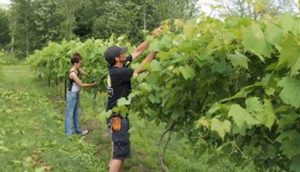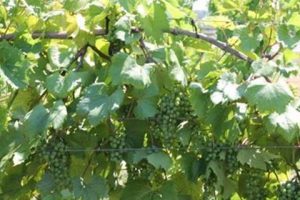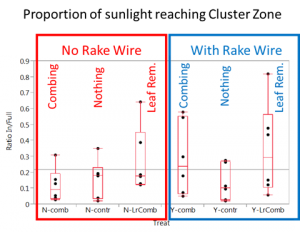To all past registrants for the Northern Grapes Webinar series:
Our thanks to the industry groups that have contributed ‘gap’ funding to support continued outreach for the Northern Grapes Project:
Iowa Wine Growers Association
Illinois Grape Growers and Vintners Association
North Dakota Grape and Wine Association
Eastern Winery Exhibition
Colorado Wine Industry Development Board
Michigan Wine Industry Council
Connecticut Vineyard and Winery Association
Collectively these groups have contributed or pledged $9000 toward the goal of $20,000 in support.
We are still looking for other state support to cover this project- TB
Plans are underway for the next season of the Northern Grapes Webinars.
1. First Webinar: We will kick off the season on December 13, with a look at how the acreage, production, wine production, employment, and economic impact of the Northern Grapes industry has changed since our first survey in 2011.
2. Suggest a topic: As we line up programs, we would like to know what topics or questions you would like us to cover.
Please post your comments on our Northern Grapes Project Facebook page:
https://www.facebook.com/NorthernGrapesProject/
3. Crave Conference: Each year, Cornell Viticulture and Enology researchers, graduate students, and extension specialists get together to present 15 minute talks to each other on research and extension topics and projects from the previous year. This is our way of finding out what our colleagues at Cornell are up to. These talks cover a variety of topics, and represent preliminary results that are ‘hot off the presses’. Some are quite technical, though they should be understandable to those involved in grape and wine production. I invite you to connect via WebEx to our web broadcast for as much or as little time as you want. Because much of the information is preliminary and unpublished, we will not be recording it. Hope some of you can tune in to our webcast for topics that interest you.
– Tim Martinson






